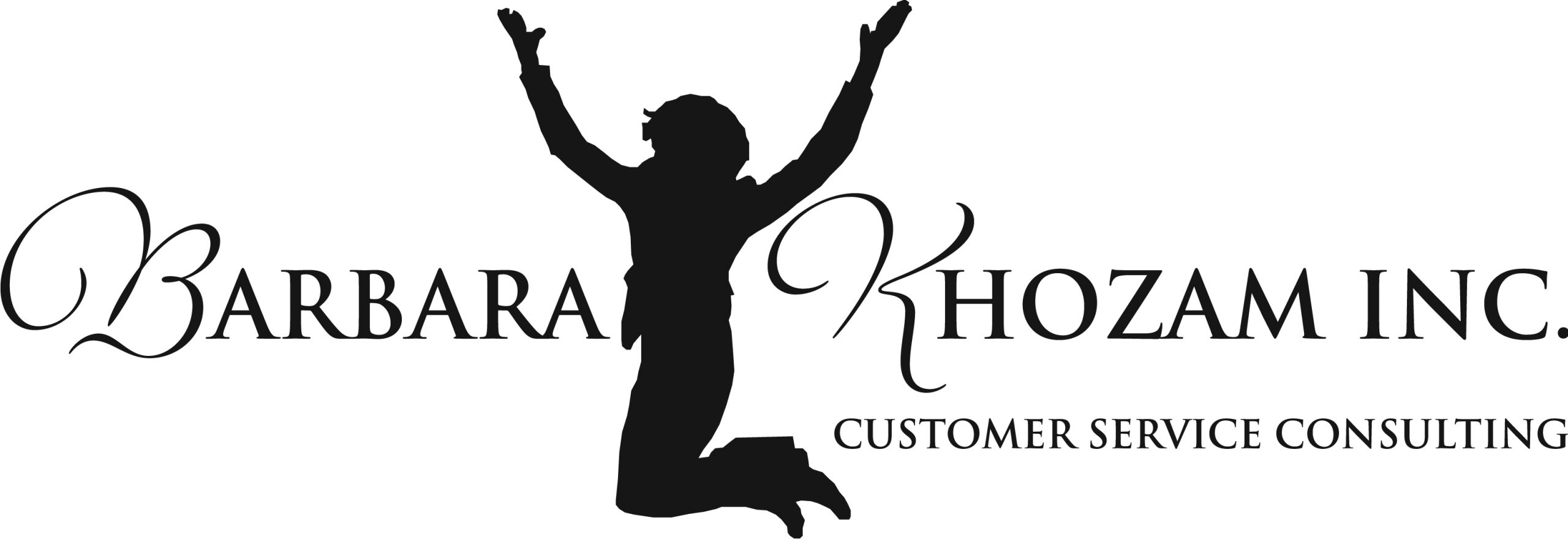How many times have you heard the words “Please Hold”? I bet every single time that you did, your level of frustration went up a notch or two.
Other than sitting in bumper-to-bumper traffic on your way home from a long day of work, nothing is more irritating, frustrating, and anger inducing than being put on hold – without an explanation – immediately after calling a service company. More often than not, you’re likely calling to resolve a problem that you’re having with a product or service. So, you’re probably already in not a good mood.
So, it’s no surprise to learn that according to The Inbound Call Center Group, 94% of all marketing budgets are spent on inducing a customer to call. The remaining 6% is spent on handling the call once it is received.
As I’ve mentioned in previous posts, it’s a sad fact of life that we’re growing more and more accustomed to receiving poor customer service. So, when we’re immediately put on hold, we’re not really surprised. And we’re not the slightest bit caught off guard when the piped-in hold music is but a drivel of static, a monotonous string of “elevator” music, or worst yet, complete silence that leaves you wondering if you’ve entered the great abyss from where no one will ever find you. “Should I call back?” you may think to yourself.
Another study showed that over 65% of consumers would be less likely to make a purchase if they’ve had a poor telephone experience with a brand. Callers want to hear something other than silence, beeps or horrible hold music.
A North American Telecom survey showed callers will stay on the line up to 3 minutes longer with an on-hold message. Further industry research by U.S. West Communications shows that 88% of callers prefer on hold messages versus the alternatives (silence, canned music or radio). (The Original On Hold, Inc offers custom on hold messages and music which allows you to boost revenue while clients wait. Learn more by visiting http://www.onholdinc.com today.)
Strategies that Turn it Around:
1. Determine incoming call spikes: determine and analyze which days of the week and times of the day you are the busiest with incoming telephone calls.
2. Schedule staff to meet your call demands: develop an employee shift schedule that best meets your needs. For example, if you are the busiest at noon on Mondays, ensure that most of your telephone support staff is available at noon every Monday.
3. Be present and personable: have your front-line telephone representatives clearly state your company name and their name. Then, ask — don’t tell — your customers if it’s okay to put them on hold – and tell them why. Wait for an answer before pushing the hold button.
4. Messages that soothes, not aggravates: if you must use on-hold music, know your customer demographic. Then, use music that is appropriate to that target group. You may want to inter-mix promotional on-hold messages with music or other types of company announcements. Make sure that the music and message are static free, at an appropriate volume, and free of commercials.
Remember: We’re all becoming increasingly accustomed to poor customer service. Why not beat the competition through exceptional customer service, starting with our front-line telephone support and our on-hold messages.
In the comments section below, please share the good and the bad strategies that your company uses with on-hold messages.
